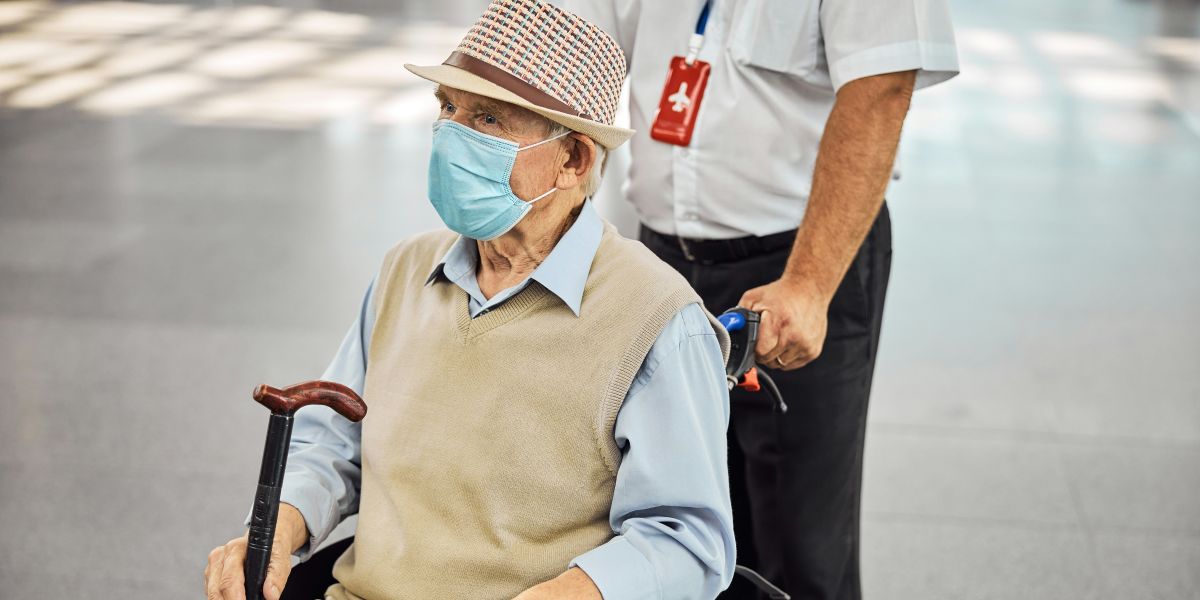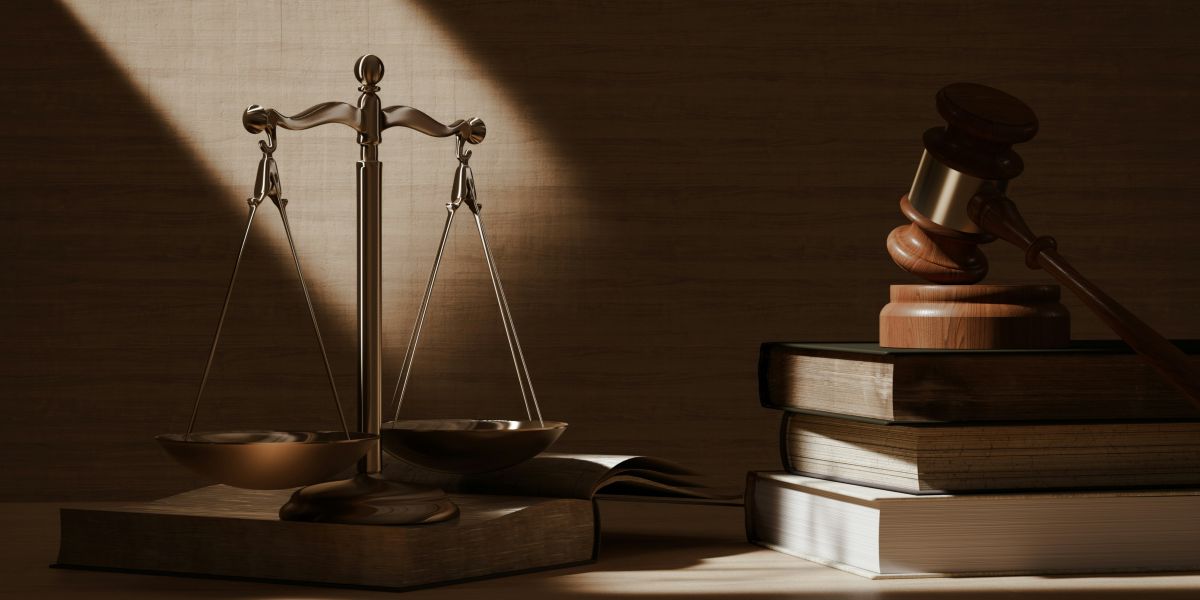AI art generators have become a revolution in the vibrant digital design world! Welcome to 2024, where tools like DALL-E 2, Midjourney, and Stable Diffusion redefine creativity. With these top AI tools, you’re more than just a designer; you’re a visionary, pushing the limits of imagination and bringing your wildest ideas to life.
AI art generators transform the creative process, making it faster, more innovative, and intuitive. They are collaborative partners, helping you realize your vision with precision and flair. Ready to see how these top 10 AI art generators can elevate your designs? Dive in as we unveil the magic behind each tool, the technology that powers them, and the stunning art they produce.
AI Art Generators
AI art generators are innovative tools that blend technology and creativity. Using advanced machine learning, these tools turn artistic visions into tangible pieces. They democratize the creative process, enabling both novice and seasoned artists to experiment with complex designs. Offering unprecedented efficiency and fostering endless creativity, these tools encourage innovation in the art world.
How to Choose the Right AI Art Generator
Selecting the right AI art generator is crucial. Consider ease of use, output quality, customization options, speed, and cost. Test tools with free trials or demos, read reviews and ensure they are updated with the latest AI advancements. By comparing potential tools methodically, you’ll find the one that suits your artistic ambitions and needs.
AI Art Generator Tools for Designers in 2024
DALL-E 2
Overview: An OpenAI creation, DALL-E 2 generates imaginative images from textual descriptions.
Key Features: Advanced text-to-image generation, style adaptation.
Pros: High-quality images, vast style range.
Cons: Limited customization in specific scenarios.
Pricing: Subscription-based.
Midjourney
Overview: Offers a unique approach to visual creation.
Key Features: Diverse aesthetic outputs, community-driven development.
Pros: Unique art styles, active community.
Cons: Learning curve.
Pricing: Membership tiers.
Stable Diffusion
Overview: Known for its open-source nature, allows personalized model training.
Key Features: Customizable models, and text-to-image capabilities.
Pros: Highly flexible, community-supported.
Cons: Requires technical know-how.
Pricing: Free with optional donations.
Artbreeder
Overview: Focuses on collaborative and mixable art creation.
Key Features: Blend and evolve images, extensive collaboration features.
Pros: Highly collaborative, intuitive blending tools.
Cons: Less control over precise outcomes.
Pricing: Free with optional subscriptions.
DeepArt
Overview: Uses neural networks to replicate famous artistic styles.
Key Features: Style emulation, high-resolution outputs.
Pros: Effective style replication, easy to use.
Cons: Limited to style transfers.
Pricing: Per-image pricing.
Deep Dream Generator
Overview: Offers surreal artistic transformation of images.
Key Features: Unique “dreamlike” transformations.
Pros: Distinctive and intricate outputs.
Cons: May produce overly complex results.
Pricing: Free with premium tiers.
Runway ML
Overview: Brings powerful machine learning to all skill levels.
Key Features: Broad toolset, easy integration.
Pros: Versatile, user-friendly.
Cons: Might be overwhelming for beginners.
Pricing: Subscription-based.
NightCafe Creator
Overview: Known for ease of use and community features.
Key Features: Multiple creation methods, active community.
Pros: User-friendly, community sharing.
Cons: Limited control over outcomes.
Pricing: Credit-based system.
Fotor GoArt
Overview: Utilizes AI to turn photos into artworks.
Key Features: Photographic art transformations.
Pros: Simple interface, quality filters.
Cons: Focused on photo transformations.
Pricing: Free with premium features.
10. StarryAI
Overview: Offers text-to-art generation focused on accessibility.
Key Features: Text-to-image art, no technical skills required.
Pros: Accessible to beginners, straightforward.
Cons: Limited customization.
Pricing: Free with in-app purchases.

Future of AI in Art and Design
The future of AI in art and design promises more sophisticated tools, advanced learning algorithms, and intuitive interfaces. As these tools evolve, they will become more accessible, fostering new creativity. Designers must stay adaptable, consider ethical issues, and blend traditional skills with technological proficiency to thrive in this evolving landscape.
Summary
AI art generators are revolutionizing the creative landscape, democratizing artistry, and expanding creative possibilities. Whether you’re a seasoned artist or a curious novice, these tools offer a starting point for everyone. Embrace the possibilities, stay adaptable, and continue learning. The future of creativity is bright, and it awaits your contribution.
For a deeper dive into AI art generators, check out my detailed article AI Art Generator Tools for Designers in 2024.
Published by: Nelly Chavez









